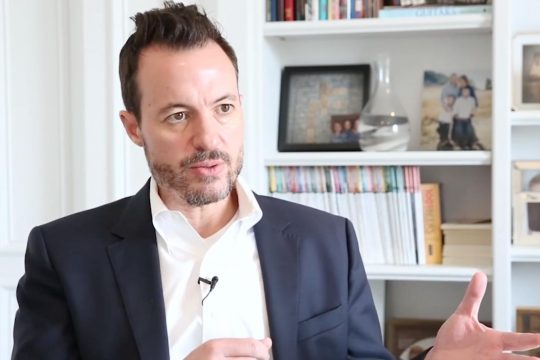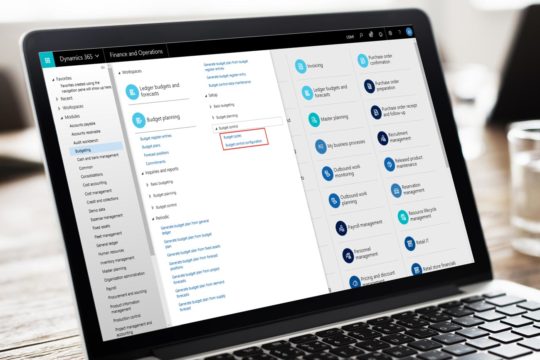The key to successfully implementing change in an organisation is psychological insight – understanding your people and what they need in order to adapt to it. No matter where you work or what you do, everyone is talking about the future — anticipating change and how it impacts our lives.
Human beings have, of course, always been obsessed by the future but, as the current pace of change continues to multiply, we are more entranced than ever before.
What we often forget though is that the future is already here. Have you heard about the humanoid robot that became a Saudi Arabian citizen – the first robot to receive citizenship of any country? It seems incredible that such an event has taken place at all, but in fact it happened almost two years ago on 25 October 2017.
With so much change already afoot, businesses are facing a huge pressure to transform and future-proof their organisations.
Preparing for change
We all know change management is no easy feat – in fact, 70% of change initiatives fail due to a wide range of factors, such as the absence of buy-in for change and a lack of momentum to continue plans even once they’ve begun.
This in turn often stems from a lack of vision that illustrates to employees how the change will benefit them. How can companies engage with their resistors to counter-act a lack of interest around change initiatives?
The key to successfully navigating transformation is psychological insight.
For employees, on the other hand, change can seem sudden and abrupt, and it can often create new challenges, disruptions and introduce unwanted impacts.
By understanding how employees in different divisions within a company experience change and, more specifically, how individuals experience change, leaders are more likely to push through they transformations they believe in.
Another crucial point here is the importance of self-awareness. Leaders who are more self-aware tend to be better communicators and team-builders and, ultimately, are more likely to understand those they work with.
By understanding how their teams function, a leader is more likely to be able to create the change they want to see.
Considering the type of transformation
When embarking on a change initiative, one of the most important things a company can do is to first consider the type of change it is attempting to push through and how this will affect different employees.
For example, there is a huge difference in how people react to change depending on if it’s intentional or imposed.
For decision makers, change is a conscious and considered process that solves problems and provides opportunities. Leaders often have a longer lead in time to adjust to the upcoming changes than most employees, and they are therefore more likely to feel motivated, energised and committed.
For employees, on the other hand, change can seem sudden and abrupt, and it can often create new challenges, disruptions and introduce unwanted impacts. In contrast to the motivation and energy experienced by leaders, the workforce can become demotivated, resistant and disengaged.
Different personalities will, of course, react in various ways to change and personality assessments can help to make sense of this. To avoid this, employers should consult their staff on transformation plans.
Companies should have a process in place whereby individuals and teams feel their opinions have been considered as part of proposals. Making a small but frequent time investment that enables employees to get used to the idea of the impending change, as well as time for their suggestions to be built in, can go a long way.
Communication is vital in this regard, and good storytelling around change is also of the utmost importance. It’s imperative to build a narrative that shows how the transformation plan has been decided and the process it has gone through, as well as solid communication on the timescales and plans going forward.
Finally, one of the key ways leaders can better understand their workforce and their reactions to change is by improving their own self-awareness. This in turn helps leaders, and employees in general, to better understand themselves and also to connect those they work with and the different ways they react to the prospect of change.
This article was produced by TrainingZone. To continue reading, click here.






























